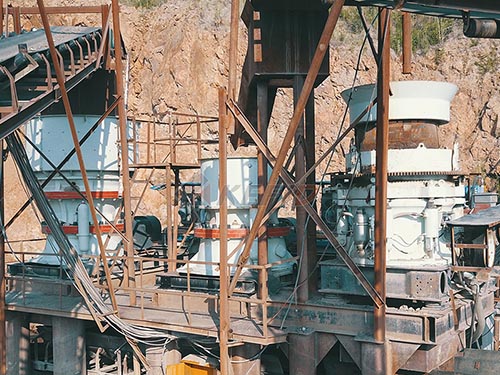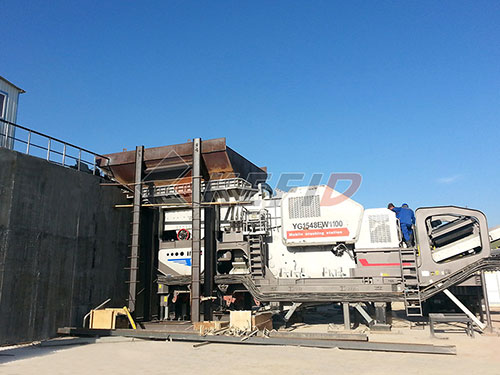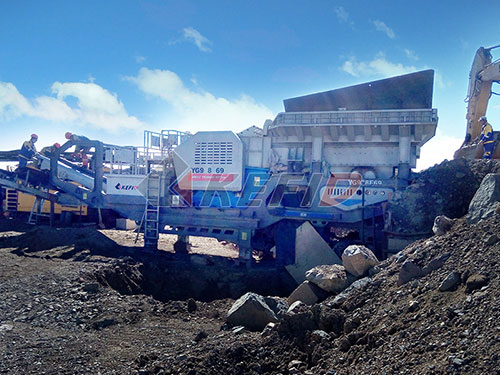The Unsung Workhorse: How PTO Rock Crushers Transform On-Site Material Handling
In the rugged world of construction, landscaping, agriculture, and small-scale mining, efficiency and cost-effectiveness reign supreme. Often overlooked but incredibly powerful tools in achieving these goals are Power Take-Off (PTO) Driven Rock Crushers. These robust machines represent a paradigm shift in on-site material processing, offering unparalleled flexibility and turning problematic waste into valuable resources.
The Core Concept: Harnessing Tractor Power
Unlike their self-powered or electric counterparts requiring dedicated engines or complex power sources, PTO rock crushers draw their strength directly from a workhorse already present on most job sites: the tractor. Via the tractor’s standard rear Power Take-Off shaft – essentially a spinning splined output – these crushers tap into readily available horsepower (typically ranging from 50 HP to over 200 HP). This fundamental design principle offers several key advantages:
1. Cost Efficiency: Eliminates the need for expensive dedicated engines or generators significantly reducing upfront capital expenditure and ongoing fuel/maintenance costs associated with separate power units.
2. Mobility & Versatility: Mounted directly to the tractor’s three-point hitch (or sometimes towed), PTO crushers move effortlessly around a site alongside the tractor itself. They go where the material is – deep in fields, along forest roads, on remote building sites – without requiring complex transportation logistics.
3. Simplicity & Reliability: Leveraging proven tractor technology means fewer complex systems prone to failure compared to standalone units with integrated engines/hydraulics.
4. Reduced Footprint: By utilizing existing machinery for power and transport, overall site equipment clutter is minimized.

How They Work: Turning Rocks into Resources
A typical PTO rock crusher features a robust frame housing the crushing mechanism – most commonly:
Jaw Crushers: Utilizing two vertical jaws (one fixed, one moving), rocks are crushed by compression as they enter the chamber.

Impact Crushers: Rocks are hurled against hard surfaces (breaker bars/anvils) or crushed by rapidly rotating hammers/blow bars using kinetic energy.
Roller Crushers: Material passes between counter-rotating rollers applying compressive force.
The PTO shaft connects directly to an input gearbox on the crusher via a drive shaft with safety couplings (like shear bolts). This gearbox steps down rotational speed while significantly increasing torque to deliver the immense force needed to fracture rock and concrete

Leave a Reply